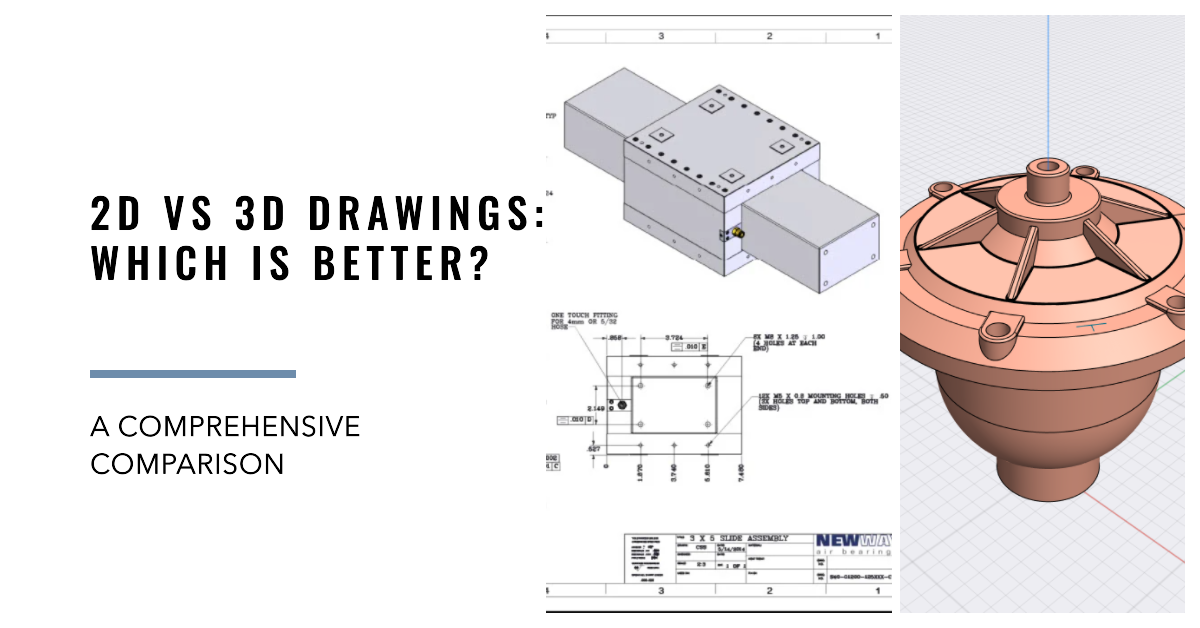Speed vs. Precision: Comparing Drawing Generation in 2D Workflows and 3D CAD Workflows
In the realm of design and engineering, efficiency and speed are paramount. When it comes to generating drawings, whether for blueprints, technical documentation, or manufacturing instructions, the choice between traditional 2D workflows and modern 3D CAD workflows can have a significant impact on both the speed and precision of the process. Let's explore the differences and determine which approach is faster:
1. 2D Drawing Workflows: The Traditional Approach
In a 2D drawing workflow, designs are represented using flat, two-dimensional drawings or sketches. These drawings typically include views such as plans, elevations, and sections, which provide detailed information about the geometry, dimensions, and annotations of the design. While 2D drawing workflows are well-established and widely used, they can be time-consuming and labor-intensive, especially when it comes to creating complex or detailed drawings. Each view must be created and annotated manually, requiring meticulous attention to detail and precision.
2. 3D CAD Workflows: The Modern Solution
In contrast, 3D CAD workflows leverage digital modeling software to create three-dimensional representations of designs. These digital models contain rich data about the geometry, materials, and properties of the design, which can be used to generate detailed drawings automatically. With parametric modeling capabilities, designers can make changes to the model, and the associated drawings update dynamically, saving time and reducing the risk of errors. Additionally, 3D CAD software offers tools for automated dimensioning, annotation, and detailing, further streamlining the drawing generation process.
Which is Faster: The Verdict
When it comes to speed, 3D CAD workflows have a clear advantage over traditional 2D drawing workflows. While 2D drawing workflows require manual creation and annotation of multiple views, 3D CAD workflows enable designers to generate drawings automatically from the digital model, significantly reducing the time and effort required. With the ability to make changes to the model and have the associated drawings update dynamically, 3D CAD workflows offer unparalleled efficiency and speed in drawing generation.
Conclusion: Speed and Precision in the Digital Age
In conclusion, while both 2D drawing workflows and 3D CAD workflows have their merits, the modern advantages of 3D CAD workflows make them the clear winner in terms of speed and efficiency. By leveraging digital modeling software and automation tools, designers can generate drawings faster and with greater precision than ever before. As technology continues to advance, the future of drawing generation lies in the digital realm—where speed and precision converge to drive innovation and success in design and engineering.
